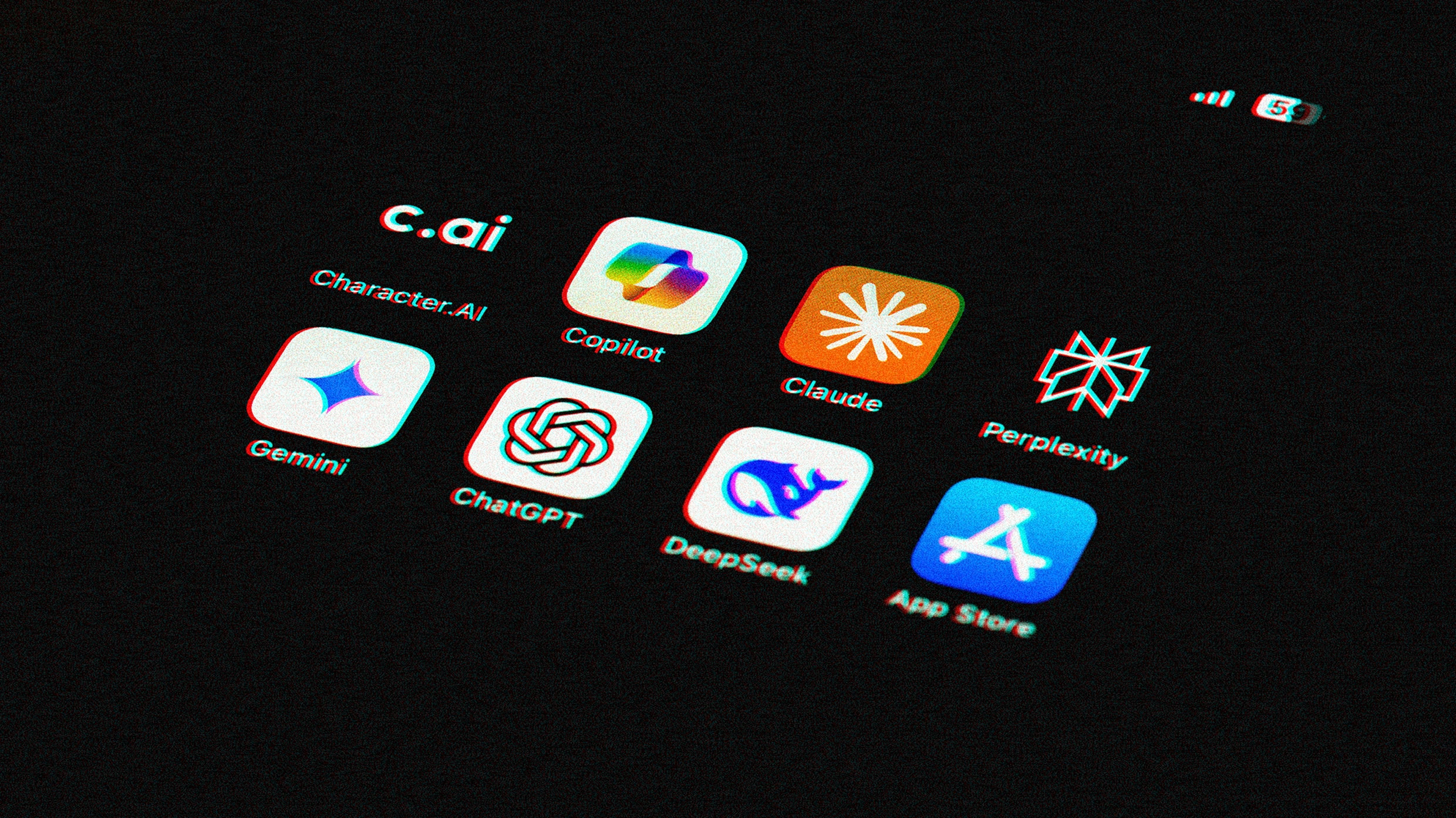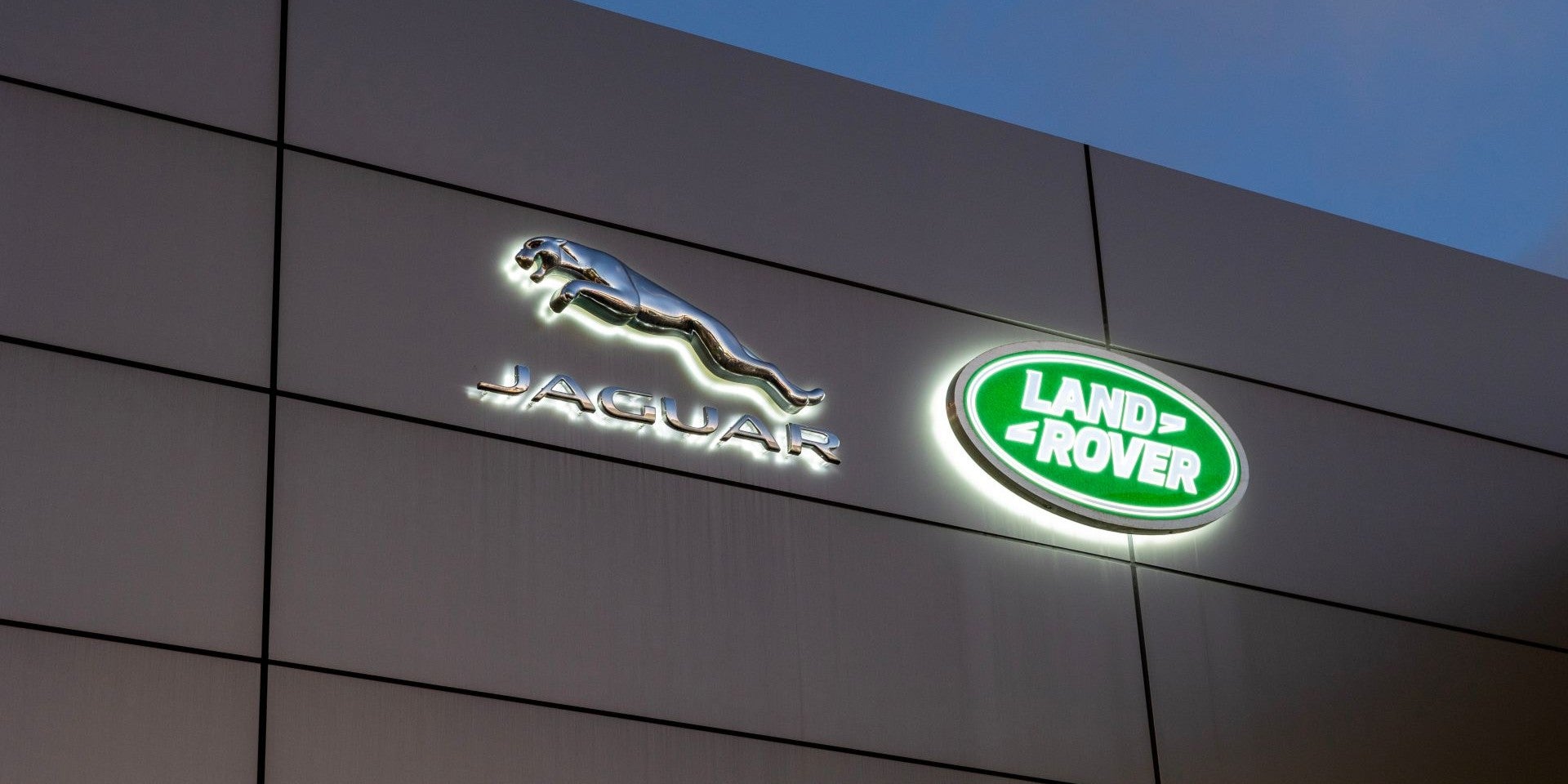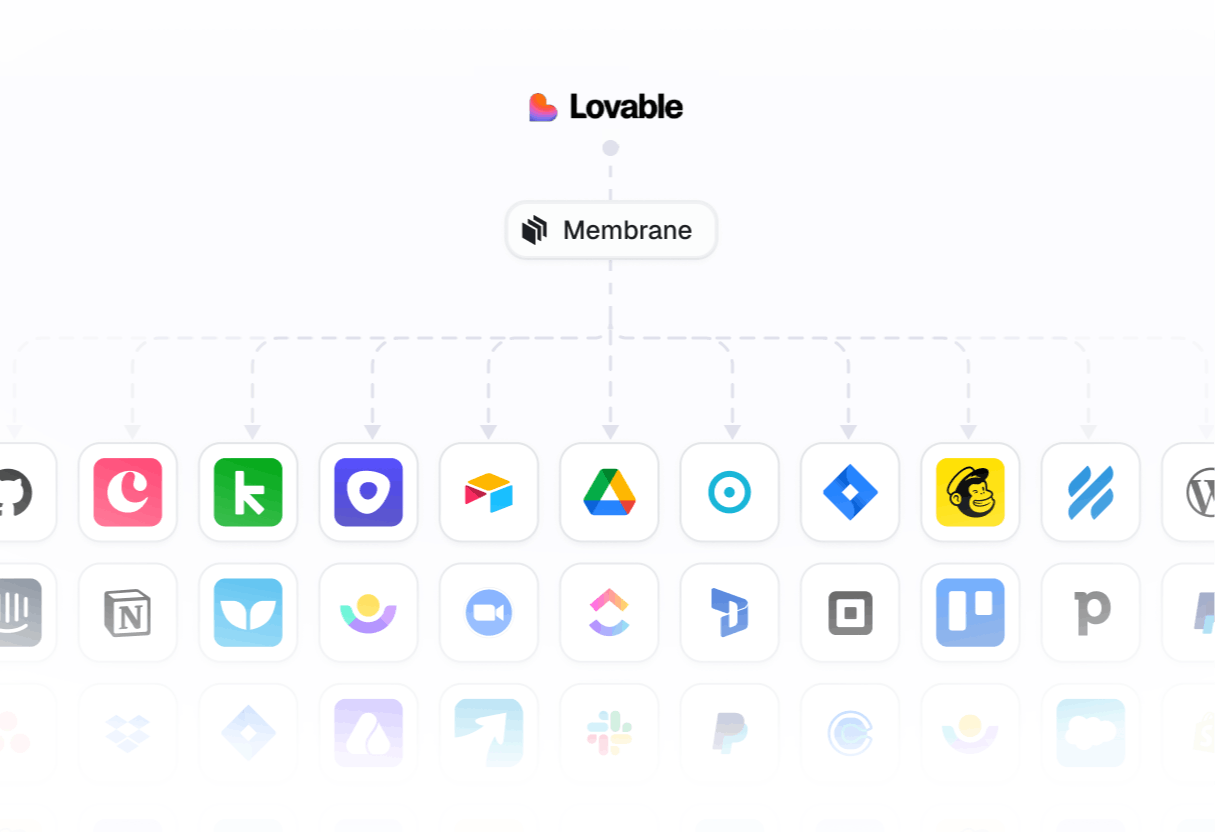These days, investors, founders, analysts, and tech loyalists can’t stop Talking Up How Artificial Intelligence will reported the future of work. But a new study sugges that while ai might have come amazing future uses, at the moment, it’s not doing much good to anyone.
In a “State of Ai in Business 2025” Report, Researchers at Mit Media Lab Found That Despite Enterprise Investments of as much as as much as $ 40 billion in generative ai, 95% of Oorganizations from Investment So far.
“Just 5% of Integrated AI Pilots are extracted Millions in Value, while the Vast Majority Remain Stuck With No Measurable P & L (Profit and Loss) IMPACT,” The report reads. “This divide does not seem to be driven by model quality or regulation, but seems to be determined by approach.”
Tools like Openai’s Chat GPT and Microsoft’s Copilot have been widely tested, with more than 80% of Organizations Either Exploring them or Using Them in Pilot Programs. But while these tools boost individual production, when it comes to overl p & l, there’s very little measurable impact, the study found.
Enterprise-Level AI Systems Aren’T Doing A Lot to Impress Eiter. While 60% of the Enterprise Companies that the Researchers Spoke with Said they evaluated these tools, only 20% made it as far as the pilot stage. And just 5% took there to a full production model. A Lack of Contextual Learning, Brittle Workflows, and Misalignment with Day-TO-DAY Operations Weized as the Chief Reasons the tools were rejected.
The slop problem
Behavioral Researcher Betterup Labs, In Collection with the Stanford Social Media Lab, Says it has identified one posesible reason enterprise companies are rejecting ai: Slop. Employees, the two labs say, are using ai tools to create low-effort, passable-looking work. They’ve taken to calling this “WorkSlop”-Well-formatted slides, reports, summaries, or code that might season that might seem helpful at first, but that ultimally prove to be income Shifting the burden of work to someone else.
“Of 1,150 us-based full-time Employees Across Industries, 40% Report Having Received Workslop in the last month,” The groups wrote. “Employees who have encountered workslop estimate that an average of 15.4% of the content they receive at work Qualifies.”
There is one advantage for workers when it comes to ai not living up to its billing: job losses, so far, haven’s as bad as doomsayers have predicted. Should More Companies Stick With Ai Integration, however, that could change.
“While most implementations do’t drive head Count Reduction, Organizations that have crossed the Genai Divide Are Beginning to see selective workforce in customer support, suptware Engineering, and Administrative Functions, “The Report Reads.
Dispeling doom
When it works, AI can cut back -office operational expenses-For example, in administration, finance, and human resources-thee mit Researchers Found. In addition, it can improve customer retention and sales conversion by using automated outreach and by following up intelligent. Best of all, few of these improvements come with a human cost.
“Early Results Sugged that Learning-Capable Systems, when targeted at Specific Processes, Can Deliver Real Value, Even Major Organizational Restructuring,” The report reads.
That’s likely a relieve to some workers who have heard little but fatalistic Scenarios. In July, For Instruction, Aravind Srinivas, The CEO of Perplexity, Warned That Recruiters and Executive Assistants Goods BE Made Extraneous as Ai Browsers believe more prevalent.
And in May, Anthropic Ceo Dario Amodei Told Axios that AI Cold Wipe Out Roghly 50% of All Entry-Level White-Collar Jobs Within Five Years, Which He Said Cause Unemment to Spike to Spike to Between 10% and 20%.
That warning, he said, was aimed at both lawmakers and his peers in the ai world.
“Most of them are unaware that this is about to happy,” Amodei said. “It sounds crazy, and people just don’t bellyve it…
The application deadline for fast company’s most innovative companies is Friday, October 3, at 11:59 PM pt. Apply today.








